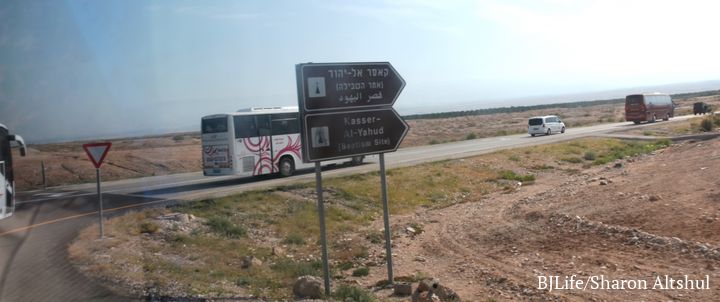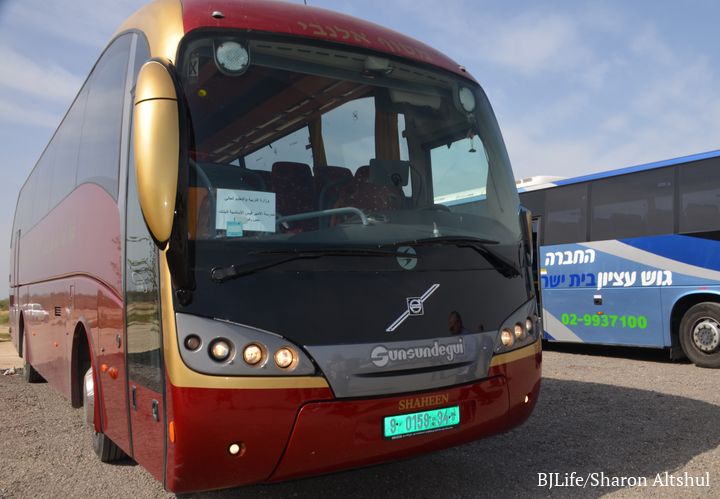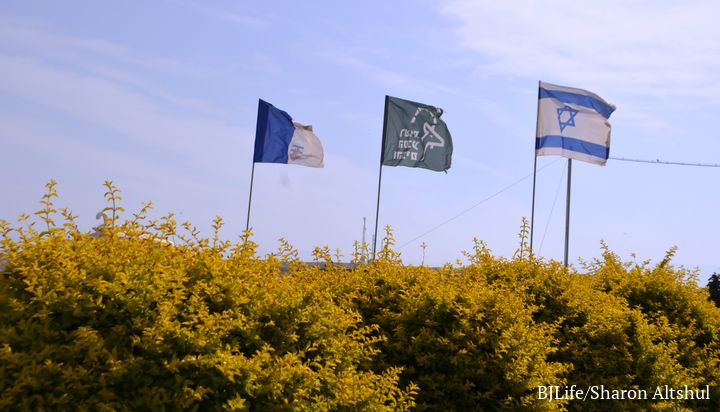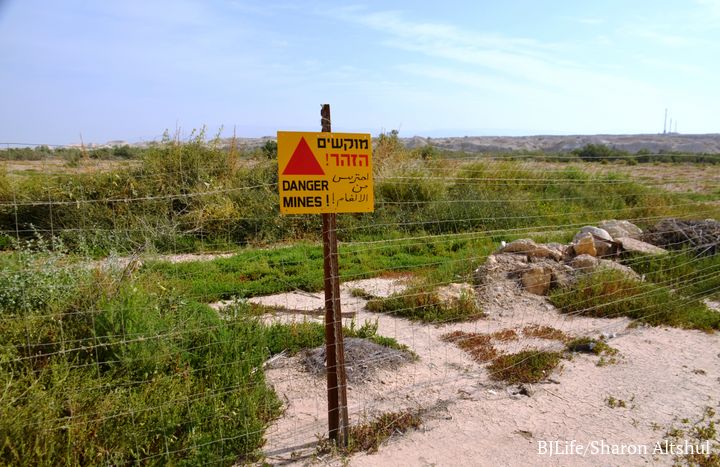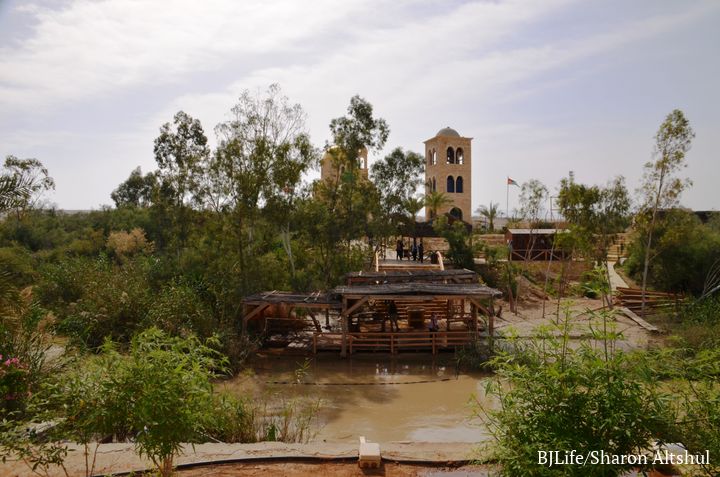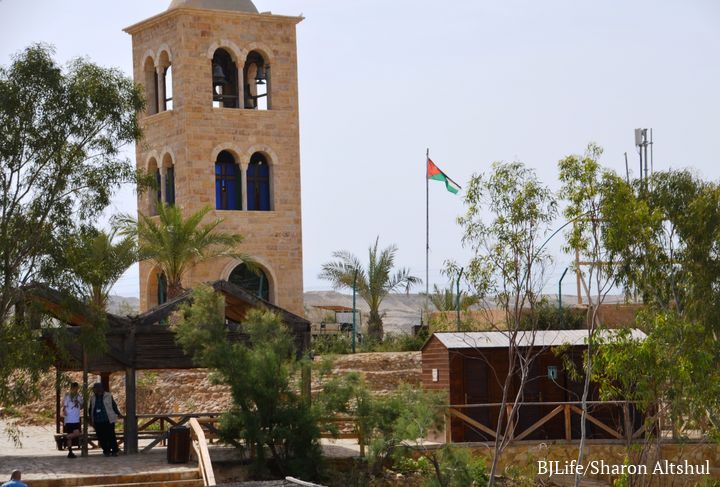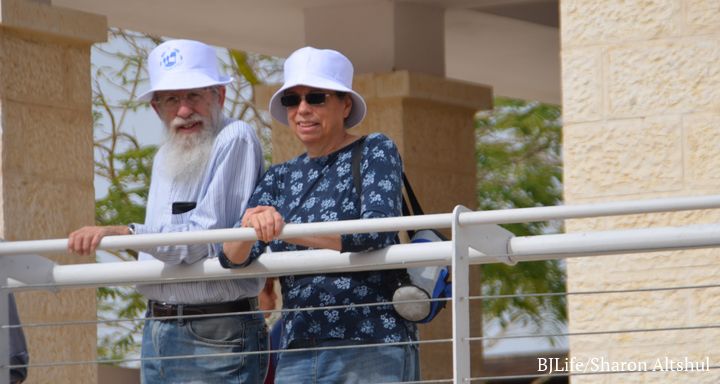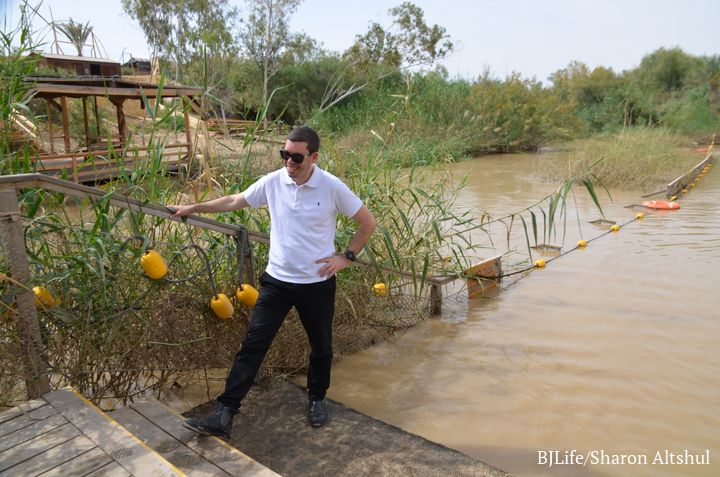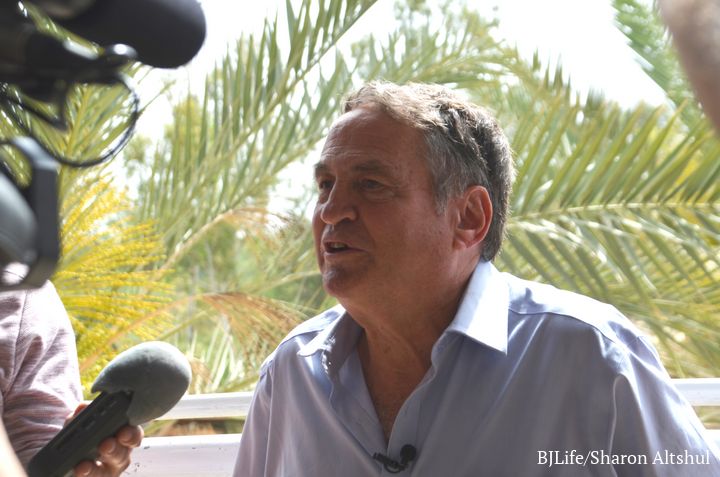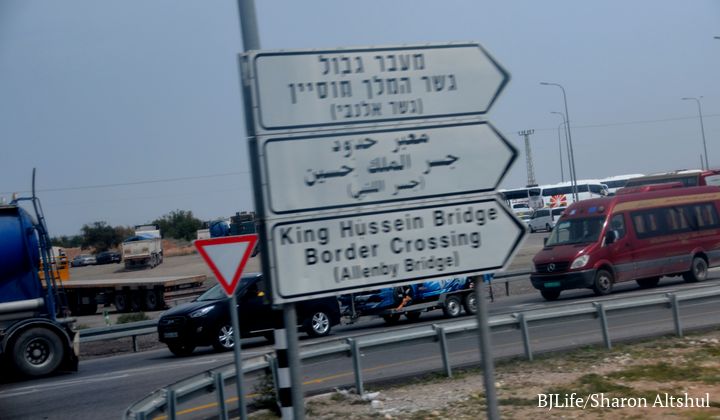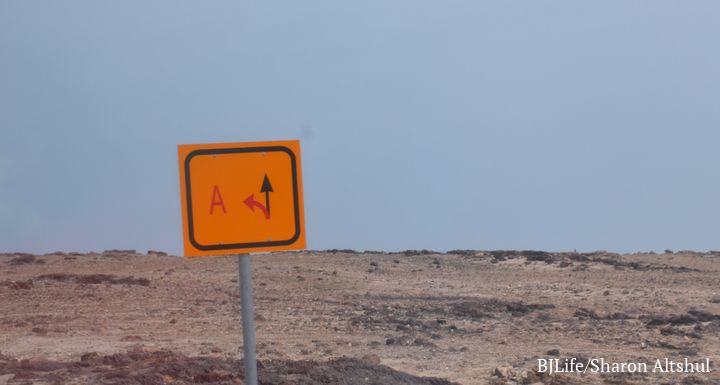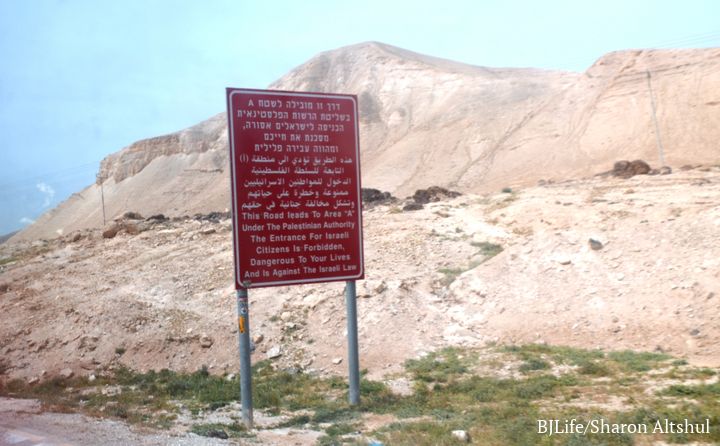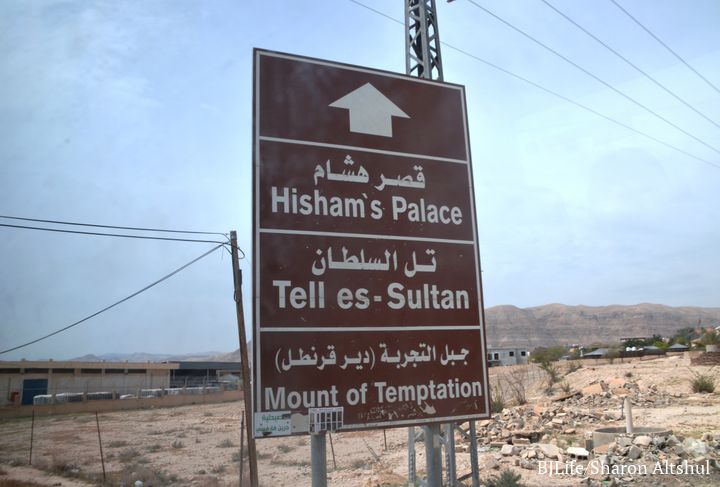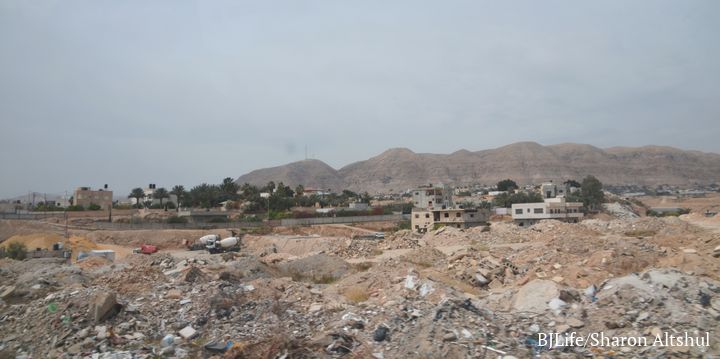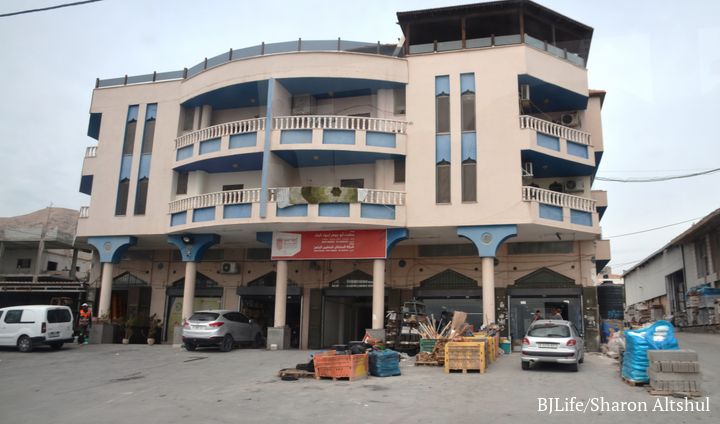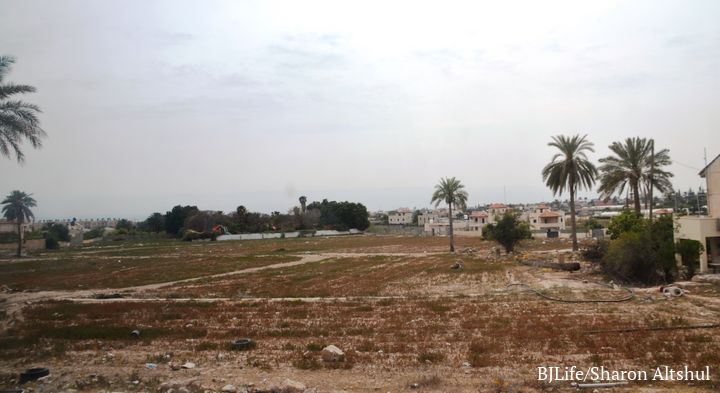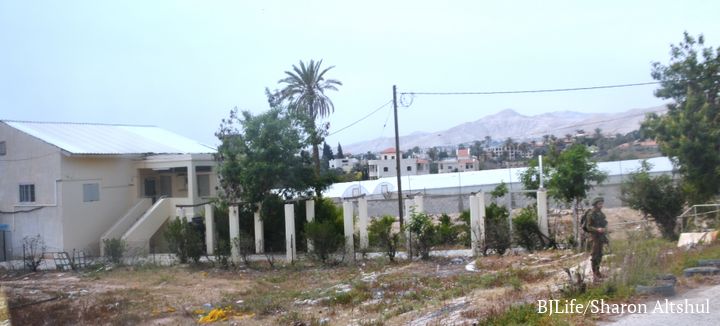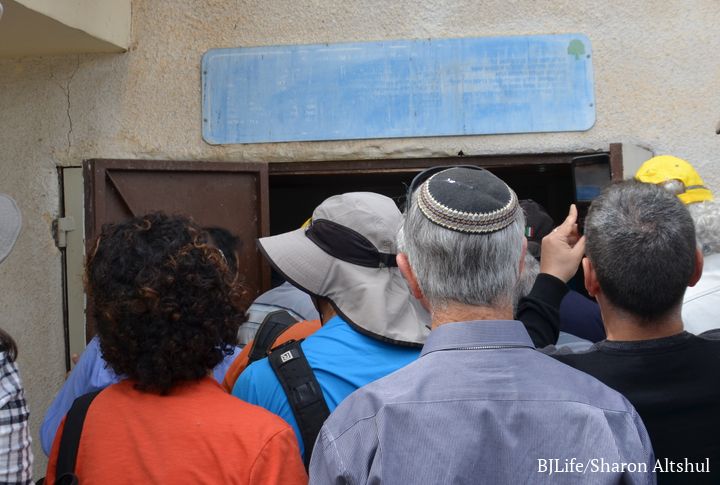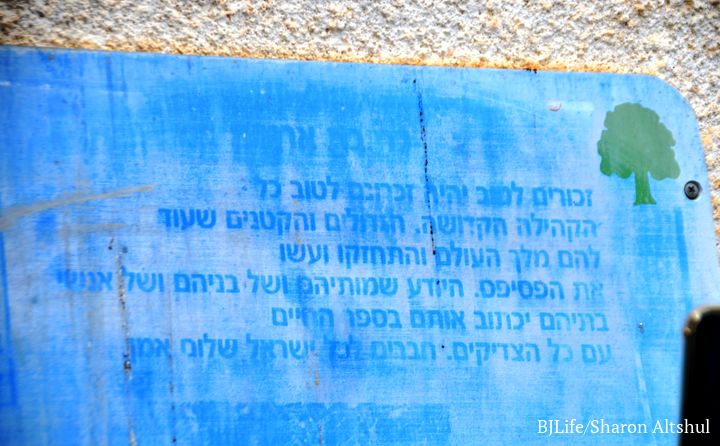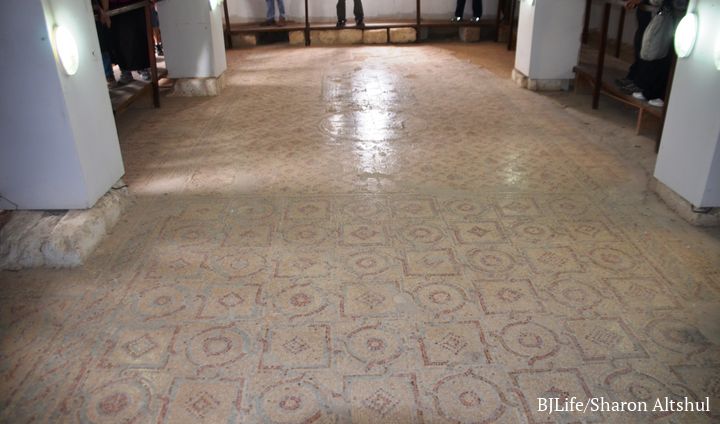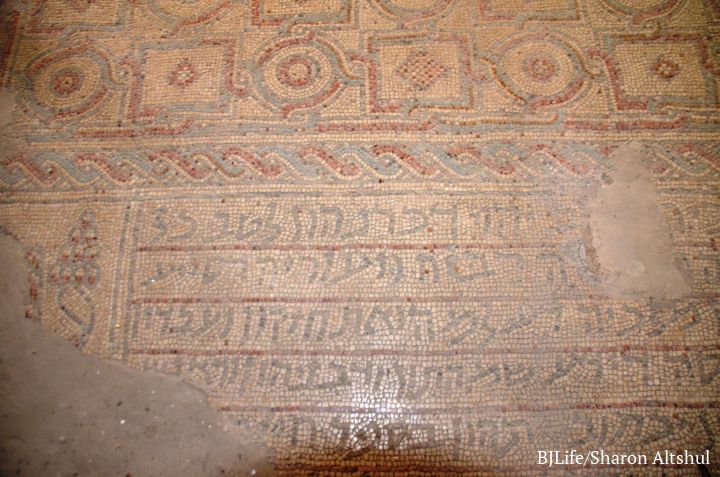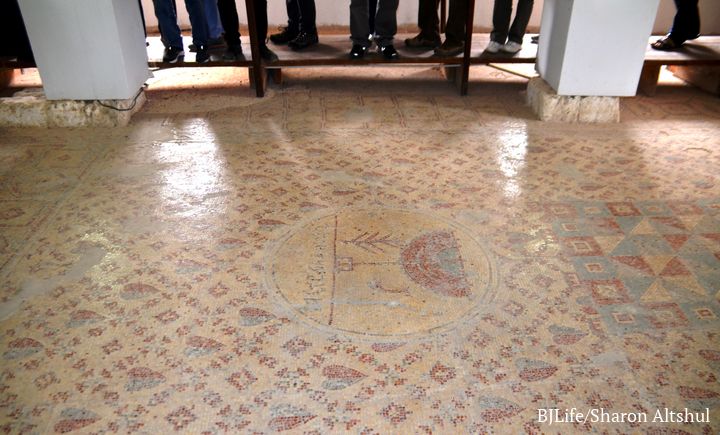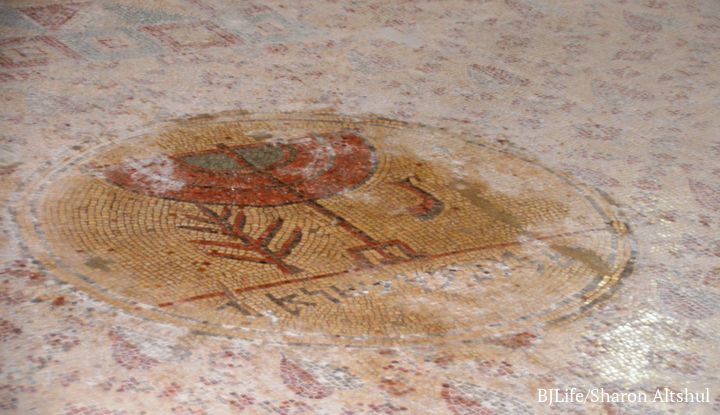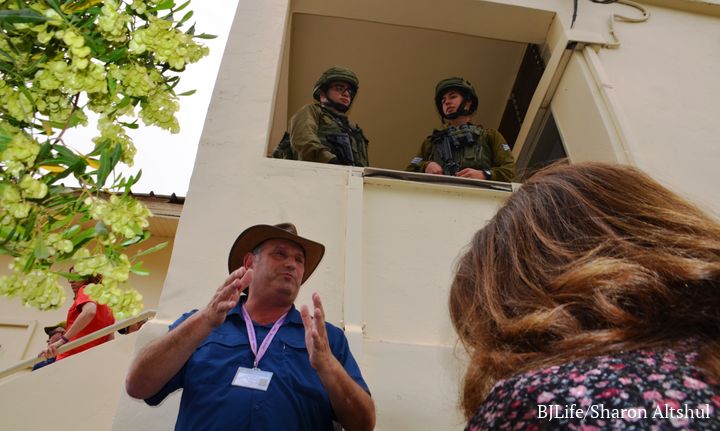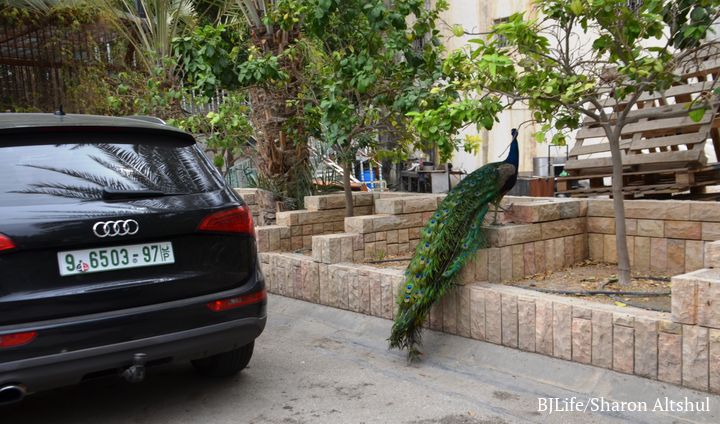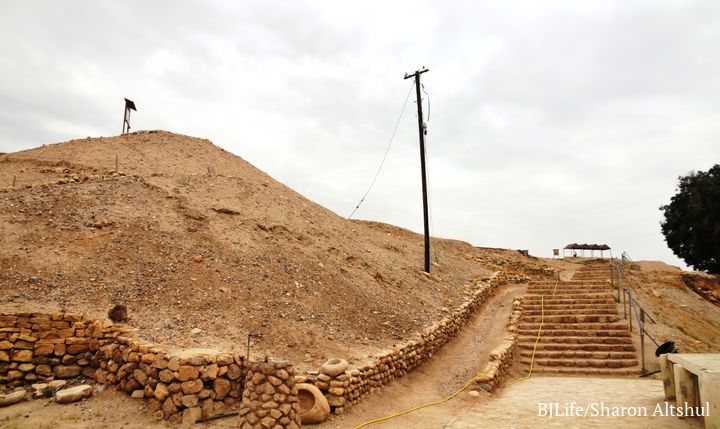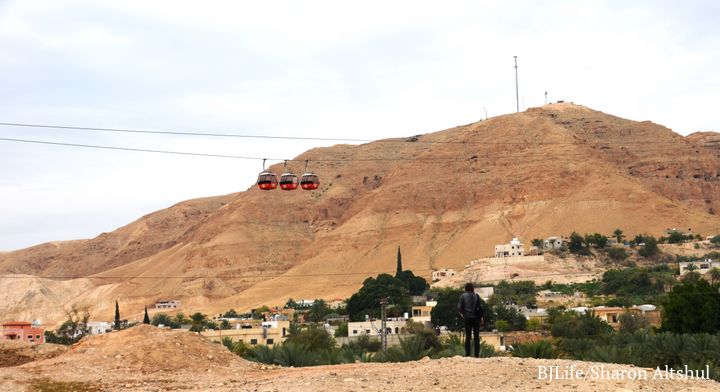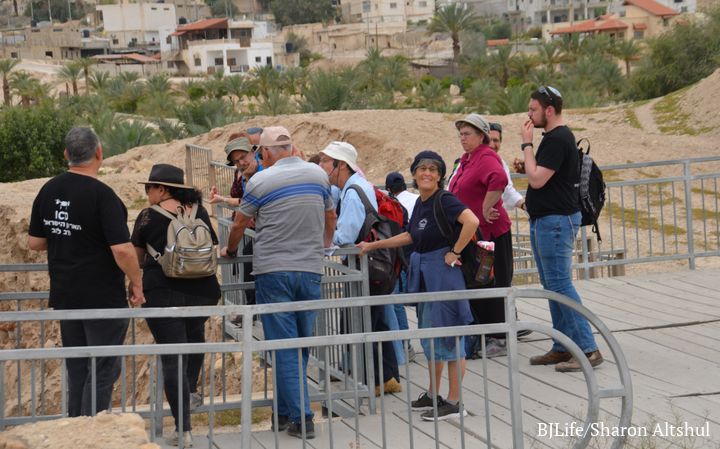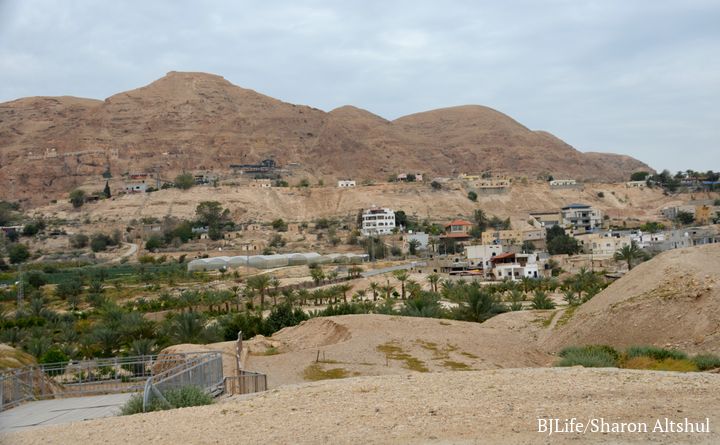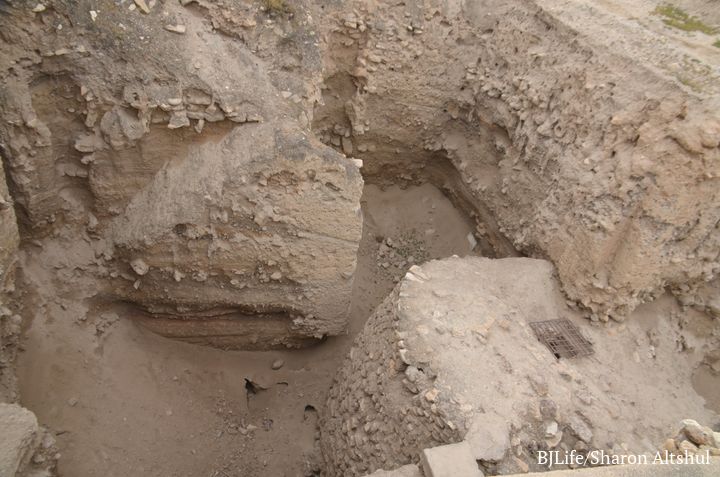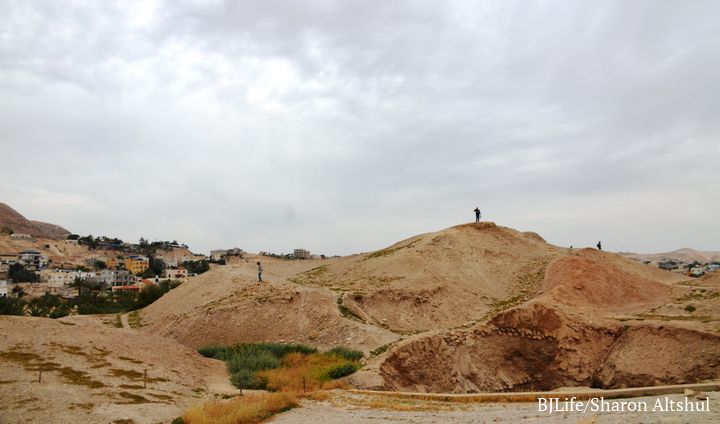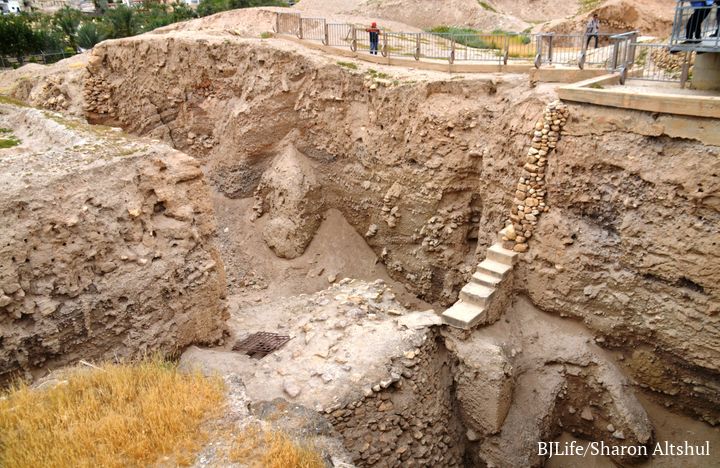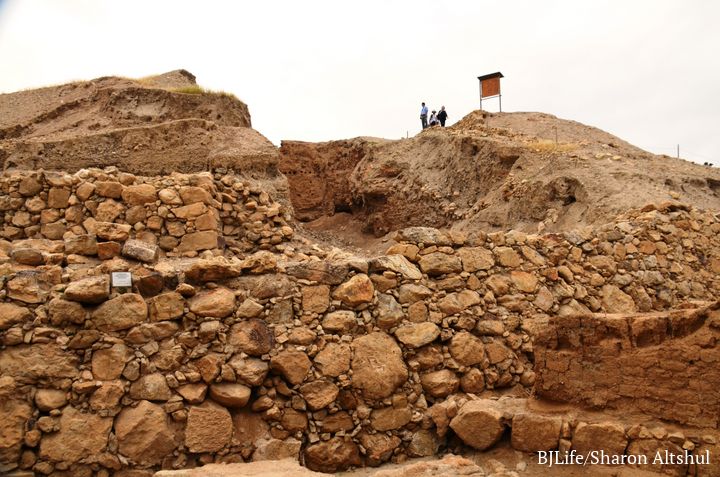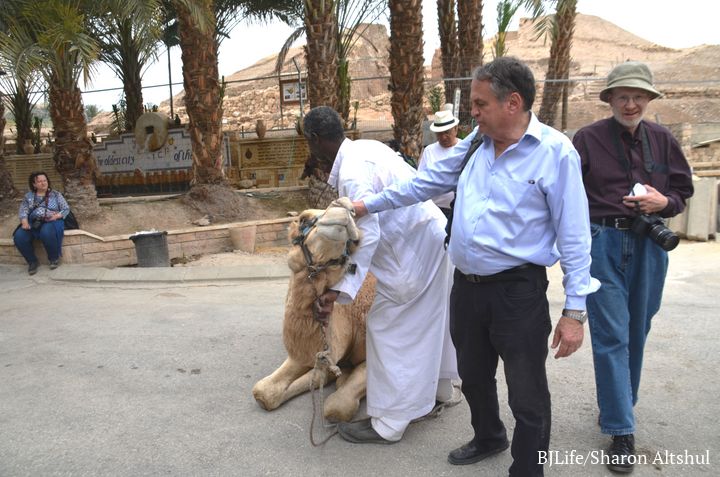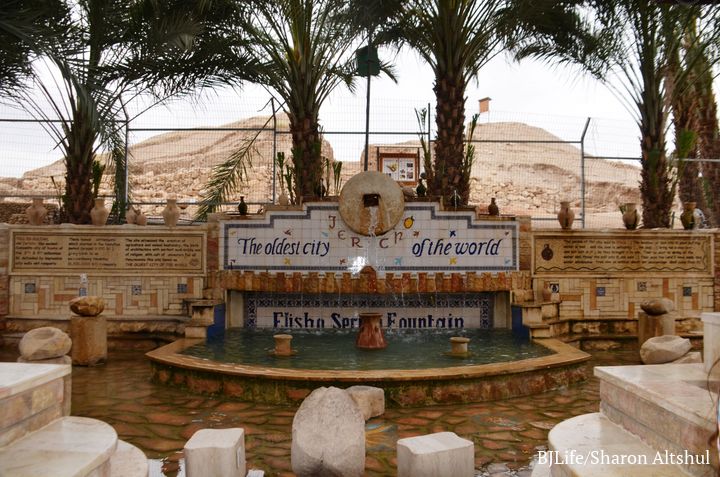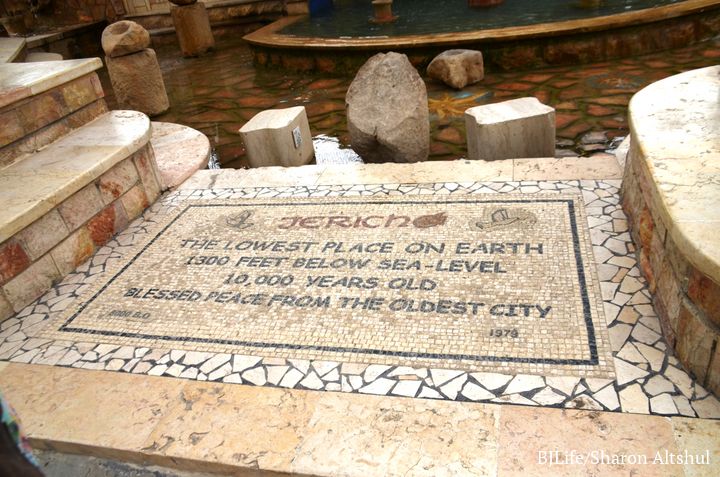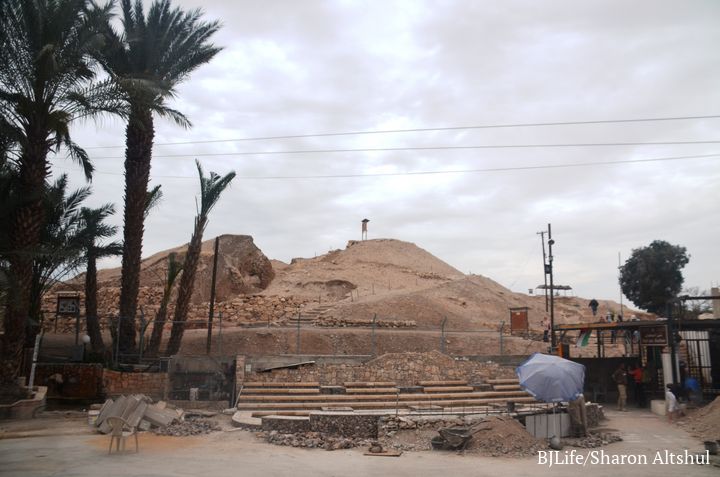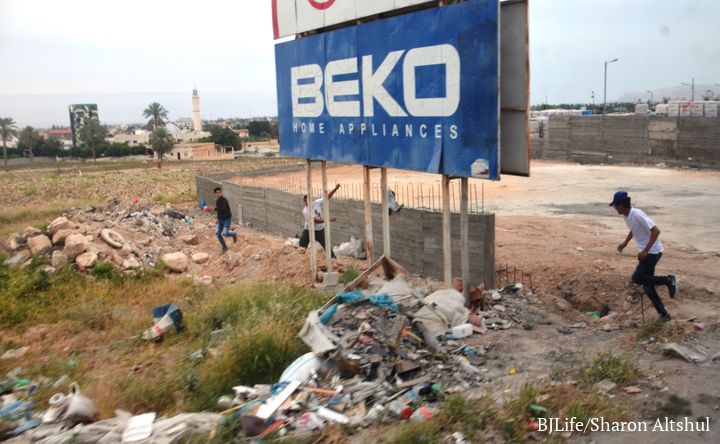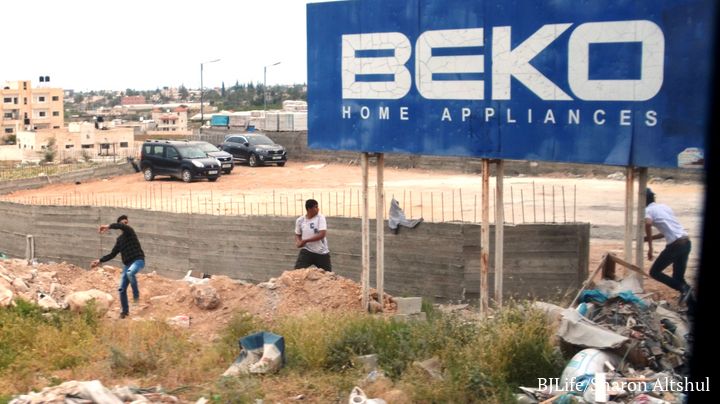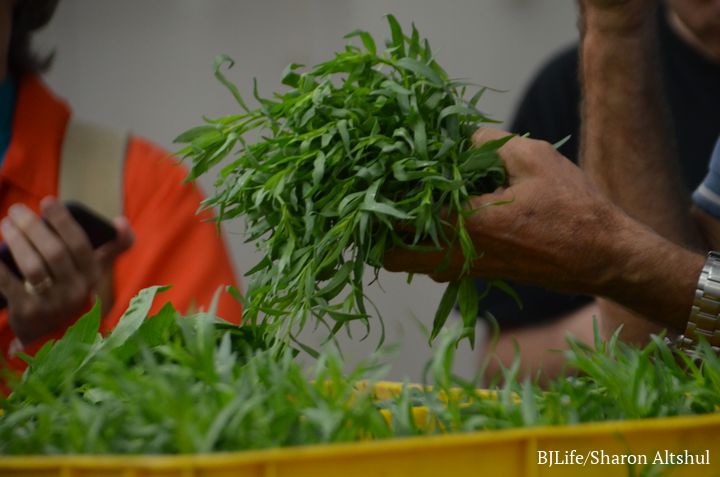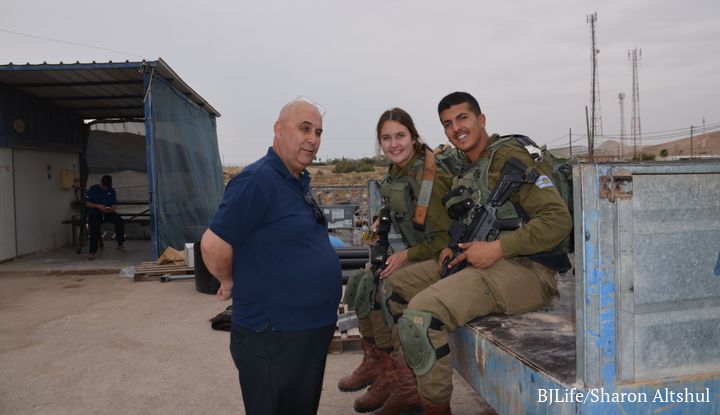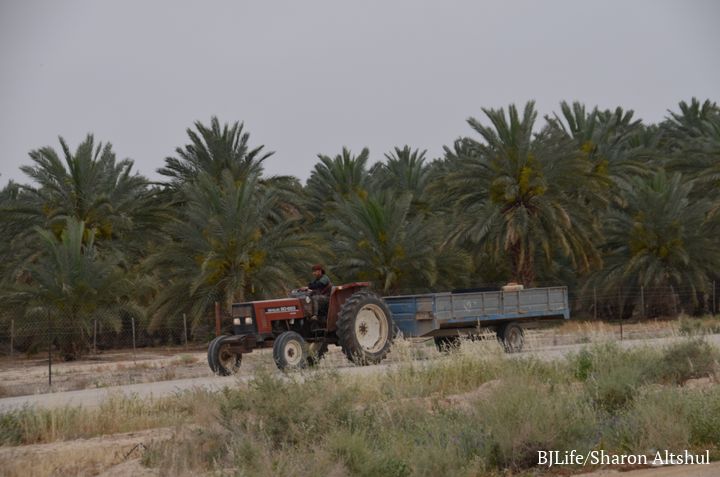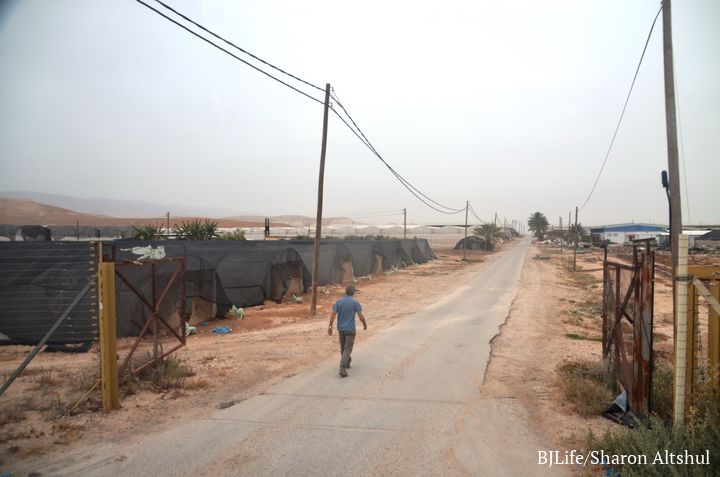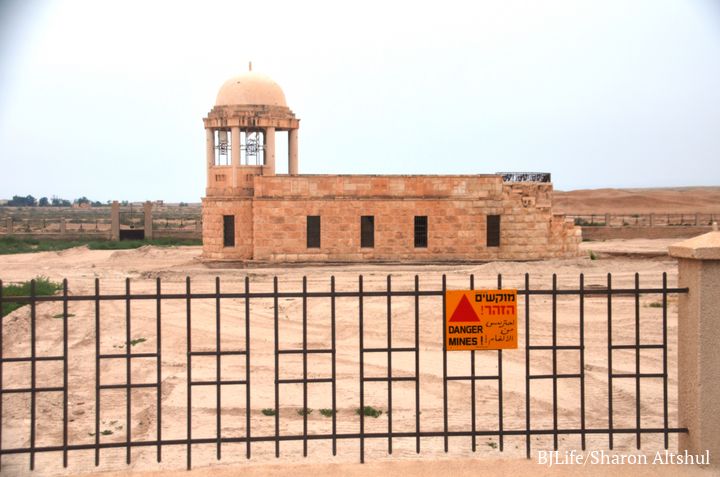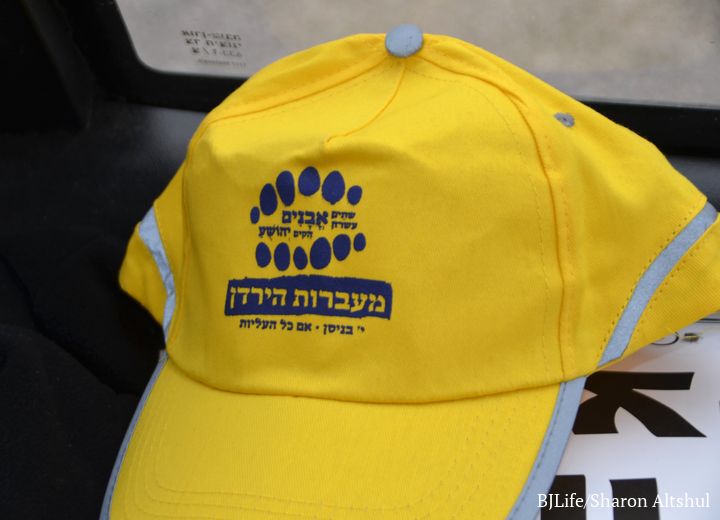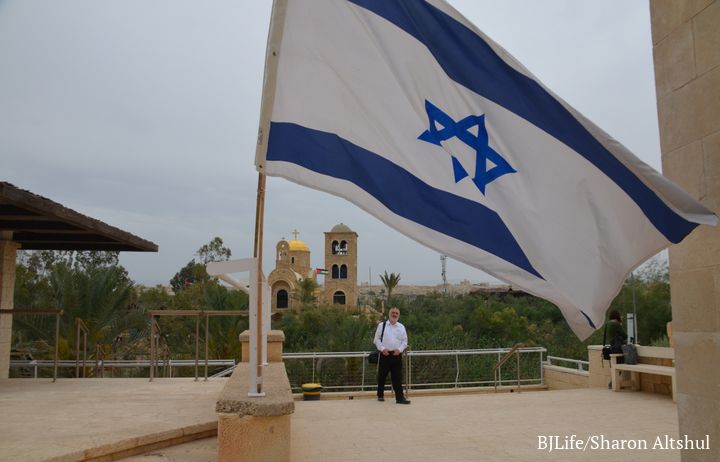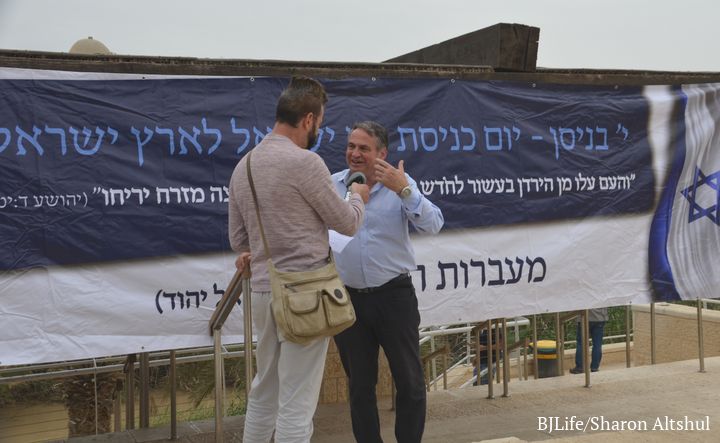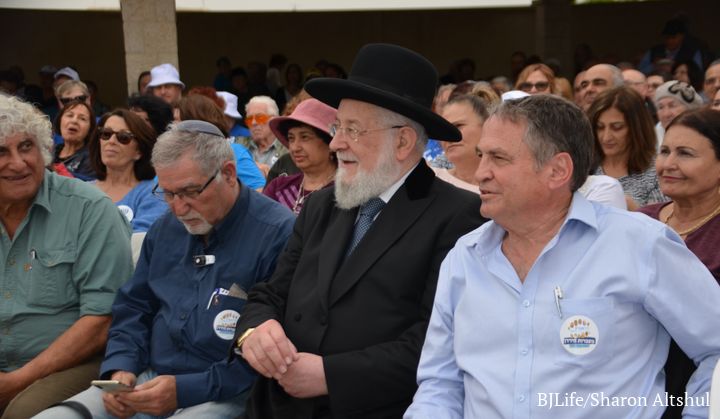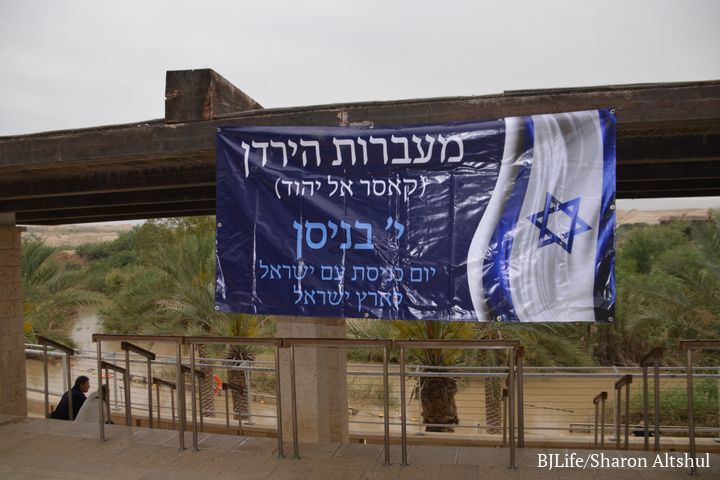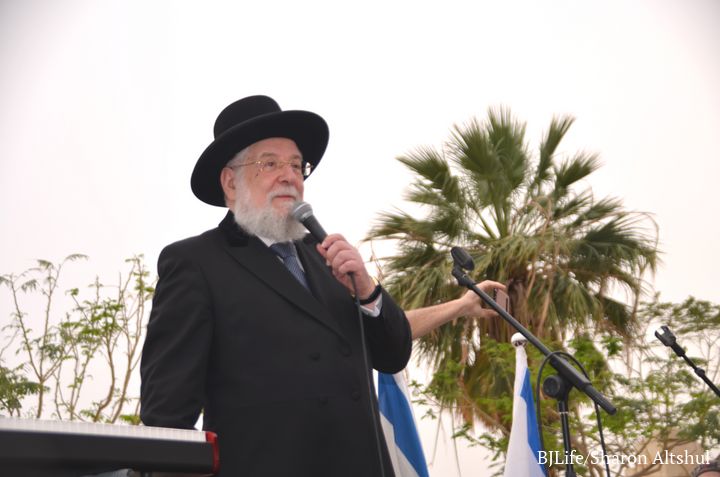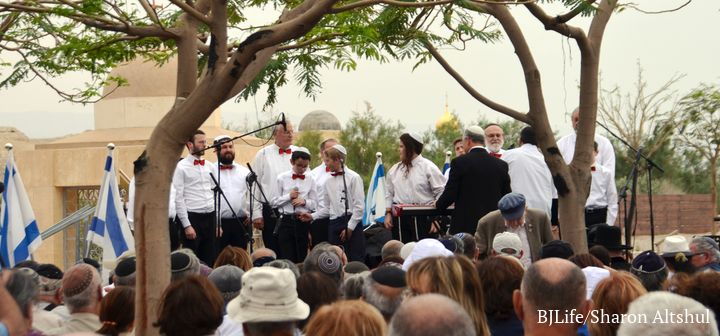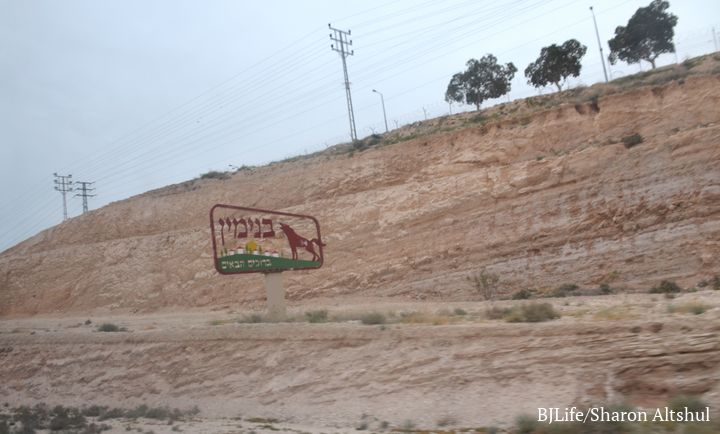On the Banks of the Jordan River - Apr. 15, 2019 - The tenth of Nisan - י בניםן was marked by a special ceremony on the banks of the Jordan River, with 17 buses of Israelis filling the area called Kasser al-Yahud, Castle or Fortress of Jews, approximately 10 kilometers east of Jericho. Churches were built all around, many are still marked with signs warning of land mines.
However, according to tradition, the site is believed to be where the Children of Israel crossed the Jordan River and entered the Holy Land after their 40 years of wandering in the desert. It was here that: “When the soles of the feet of the priests who bear the ark of the Lord, the Lord of all the earth, shall rest in the waters of the Jordan, that the waters of the Jordan shall be cut off, even the waters that come down from above, and they shall stand in one heap.” (Josh 3:13)
Another event attributed to this site is Elijah’s ascension to Heaven in a fiery chariot after he and Elisha crossed the Jordan: “And Elijah took his mantle, and wrapped it together, and smote the waters; and they were divided hither and thither, so that they two went over on dry ground.” (2 Kings 2:8)
Former National Security Adviser and retired IDF Deputy Chief-of-Staff Major-General, and soon to be member of new Knesset, Uzi Dayan spoke on the security and diplomatic significance of the Jordan Valley.
Until 1967, Kasser al-Yahud under Jordanian control, saw visits by large numbers of tourists and pilgrims. In 1968, access to the site was prohibited because of its location beyond the border fence in a closed military zone. In recent years the Israeli Civil Administration – with the assistance of the Tourism and Regional Development ministries – has carried out infrastructure and development work at the site, including the clearing of mines. In July 2011, the site was opened on to visitors a permanent basis without the need for prior security coordination.
In honor of Yud B'Nisan, Israelis were allowed to enter to Jericho, a city in Area A and the rest of year off limits to Israelis.
The history of the ancient Tel Shalom Synagogue in Jericho was explained by our tour guide as hundreds of Israelis crowded into the small structure for an opportunity to see the mosaic floor from the 7th and 8th centuries.
A highlight of a visit to Jericho besides the ancient synagogues is to climb Tel Yericho for the archaeological finds and to see the remains of the old walls of Jericho.
On the return trip to the Jordan River, a stop was made to see Moshava Naama with its agriculture green houses and date trees. Israeli farmers have taken the stones and dry earth and made the desert bloom and bring forth fruit.
Readings from Tanakh were throughout the day, especially the opening of the ceremony.
Rav Yisrael Meir Lau, the Chief Rabbi of Tel Aviv, and previous Ashkenazi Chief Rabbi of Israel, was featured speaker. Rav Lau went through the years of rulers of the land, from the Romans to the British, as the crowd of Israelis, olim from around the world listened. Veshavu banim, the children have returned, from Russia, from France, from US, from Canada, and more, to the banks of the Jordan River.
Though considered "friendly" and interested in increasing tourism and international visitors tour regularly, our bus with a military escort, had stones thrown at the windows on the way out of Jericho, while exiting area A.
Photo essay includes images from the various locations mentioned above, and special for tourists male peacock and camel to ride.

